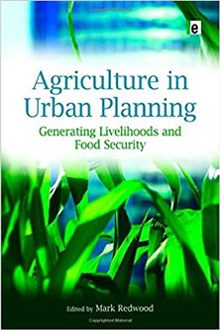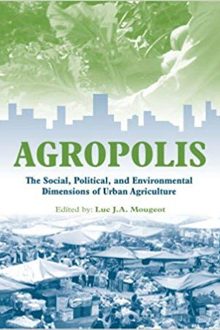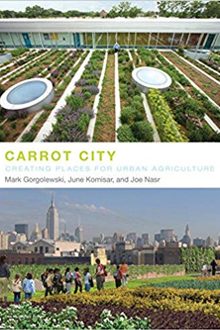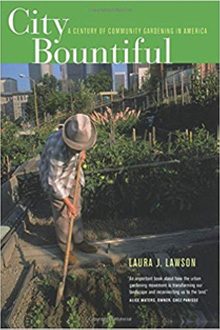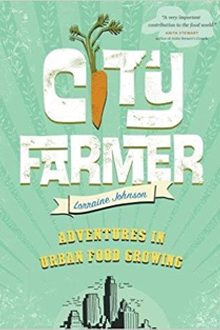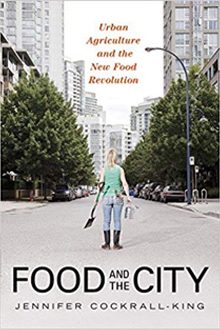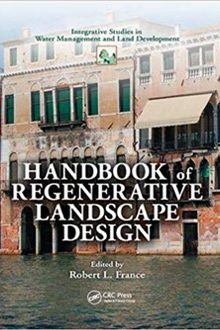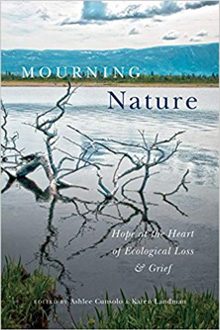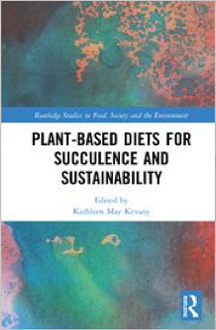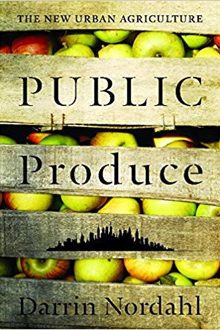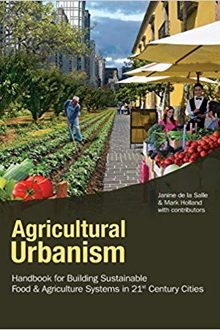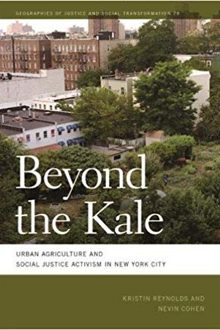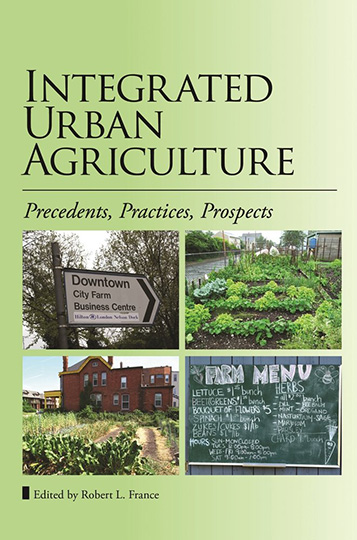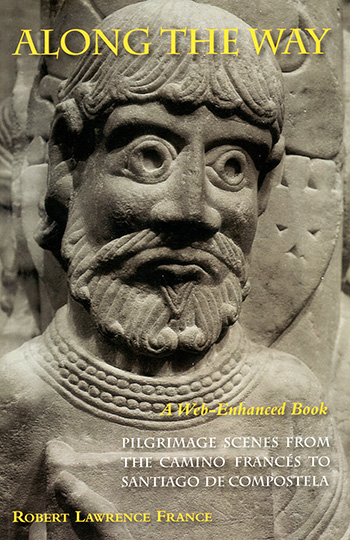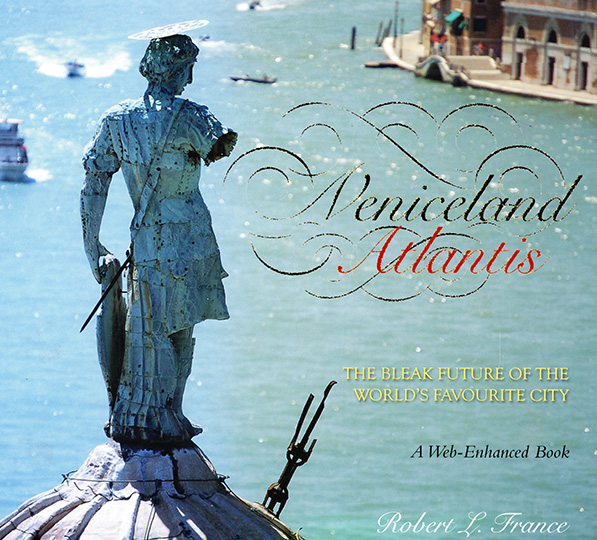Purpose
The present book is designed to introduce, describe, and demonstrate new interpretations to UA in a form to engage the broadest audience possible. A few readers will find familiar elements here, but even those most educated about UA will be surprised at the variety of novel ideas and approaches explored and developed within these pages. This collection of papers…pushes the frontiers of UA toward new directions, challenging readers into abandoning the comfortable safety of business-as-usual within narrow disciplinary confines, and instead directing views outward to the exciting and incompletely mapped regions of true interdisciplinary or integrated urban agriculture.
—Preface, pg XVIII
Subject
The progressive transition from simple UA to integrated UA during the 2000s parallels a similar shift that took place in the field of water management over the previous decade. For much of the 1980s and the early 1990s, watershed management was largely a techno-fix discipline in which environmental engineering played the dominant role. With the inclusion of a whole suite of social issues, the field morphed into the more holistic integrated watershed management. Today, it is acknowledged that the latter, now universally recognized by its anagram “IWM,” is, due to its more comprehensive nature, the only satisfactory approach for addressing complex issues of sustainability. Integrated urban agriculture (IUA), like it sibling discipline IWM, is based on environmental, social, and economic components; i.e. the famous three-legged sustainability stool.
—Introduction, pg 10
Books by the “Expert Dream Team” of Contributors
